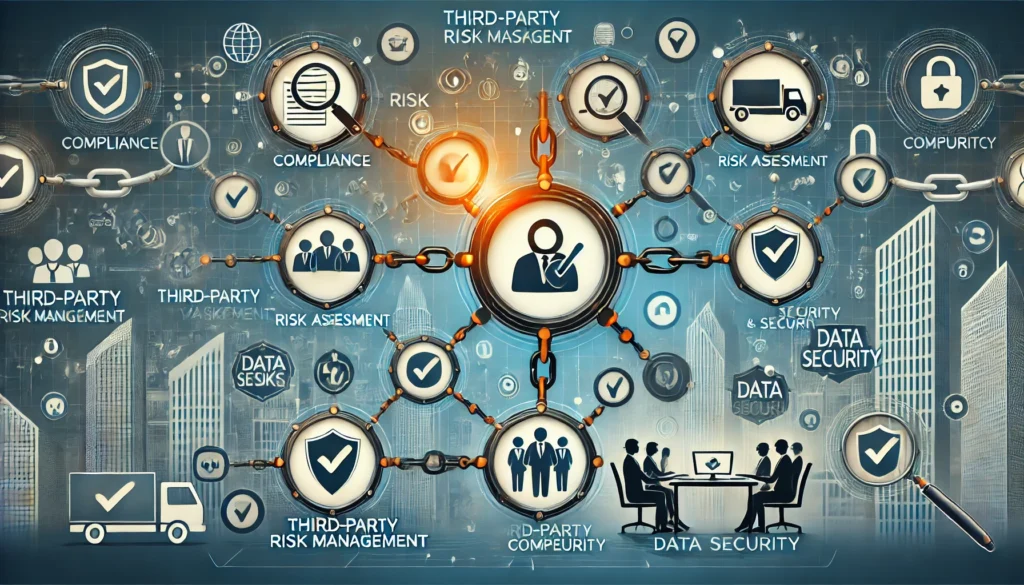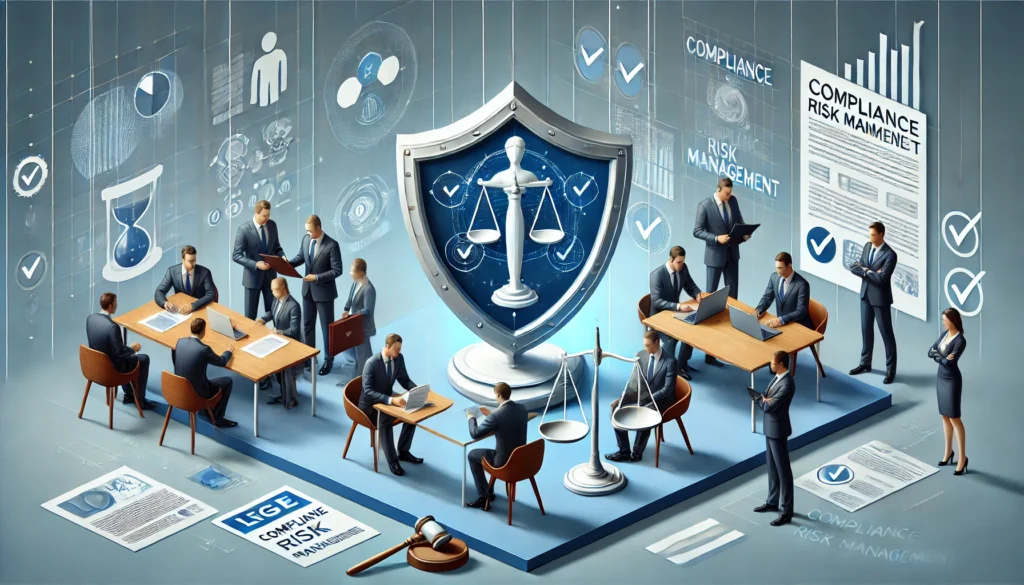How to Conduct a Gap Analysis for Risk Management
Introduction A gap analysis is a powerful tool that helps organizations assess where their current risk management practices stand compared to desired goals or standards. Conducting a gap analysis in risk management allows you to identify deficiencies, improve processes, and align your organization’s risk management efforts with best practices like COSO ERM, ISO 31000, and […]
How to Conduct a Gap Analysis for Risk Management Read More »






